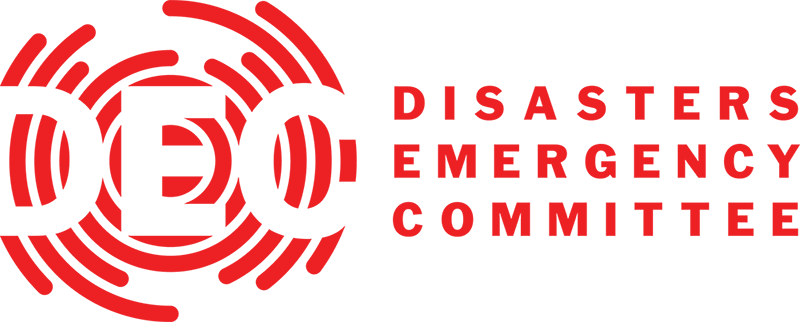
DEC publishes Haiti protection study and annual accountability report
The DEC has today published two reports by independent consultants which reflect the commitment of its member agencies to continuous improvement and accountability.
The first report, on Haiti, assesses the protection work of member agencies and how they dealt with accountability issues during the earthquake response. The second validates the self assessments of DEC member agencies against a sample of the 21 ways of working that make up the DEC Accountability Framework.
DEC Chief Executive, Saleh Saeed, said:
“The DEC does not simply raise money for the largest overseas emergencies; we are also a partnership through which our members improve the ways in which help is provided.”
“The Haiti protection and accountability report allows both examples of good practice and challenges to be shared within the DEC membership and across the humanitarian community.
“The DEC Accountability Framework shows that our members do not simply sign up to commitments to observe best practice, they also put in place systems to ensure they live up to these commitments.“
A Study on Protection and Accountability in Haiti following the Earthquake in January 2010: Findings from the Field was produced by lead authors Eric James and Julie R. Dargis based on research carried out in and around Port au Prince in Haiti in January 2013.
The study reached five main conclusions:
- NGO staff were aware of the issues and sought practical approaches to providing protection and ensuring accountability.
- Community representation occurred in some unexpected ways and NGOs should approach community partnerships with a critical eye to local power relations.
- There was evidence that standards from the Humanitarian Accountability and Sphere projects were being used.
- NGOs need to more consistent in conducting detailed initial assessments and creating baselines.
- Definitions of protection are often different between field staff and their home office colleagues, partners or donors and a common understanding is required.
The report highlight examples of what it regarded as good practice such as:
- ActionAid delivering aid through existing management structures and partnerships to build on local knowledge and capacities.
- Oxfam monitoring that identified some members of the community were seeking to appropriate cash grants intended for vulnerable children and women, allowing corrective action to be taken.
- Christian aid built advocacy on preventing sexual abuse and other protection issues into its emergency programmes with local partners.
- Age International created a network of older volunteers to ensure the most vulnerable older people were able to get a share of the aid being offered by other agencies.
DEC Accountability Framework: Assessment Validation 2012-13 was produced by One World Trust and reviews and analyses evidence submitted by the DEC’s 14 member agencies to demonstrate how their work in two emergency responses complies with the following five ways of working:
- Approach to the management and care of staff reflects People in Aid code of good practice
- Local structures (including governments, civil society organisations and markets) are consulted and strengthened
- Agencies participate in established coordination mechanisms and support their partners to do the same
- Agencies shall work with partners to strengthen their capacity to be accountable to disaster affected populations
- Key learning is effectively communicated to staff, partners and other stakeholders
The review found that all the member self assessments were accurate and the One World Trust said it was confident that self assessments across the remainder of the 21 ways of working would also be accurate.
The review report said “The One World Trust believes that the DEC accountability framework is a leader in humanitarian standards and by striving to refine and improve both its content and methodology of assessment it will continue to offer a valuable tool for improvement of the DEC member agencies”.
The main innovation in the report this year was that rather than reporting collectively on the level of member agency compliance, the performance of each agency against each way of working is now listed individually. The DEC member agencies agreed to this change to increase transparency.

